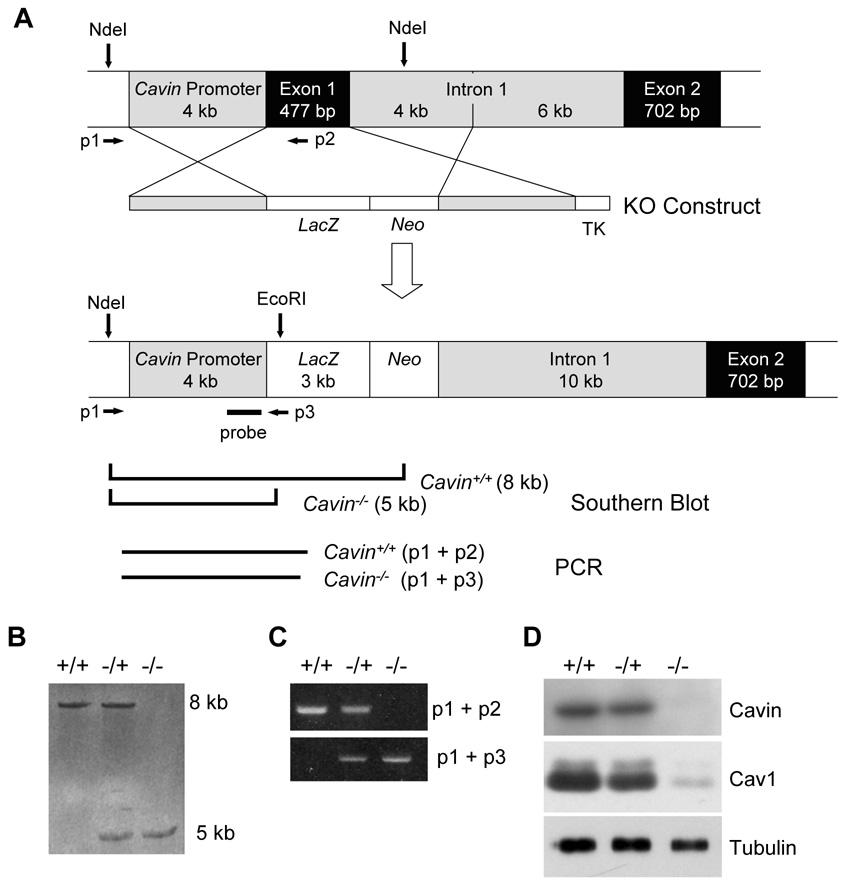We investigated eight households with a novel subtype of congenital generalized lipodystrophy (CGL4) of whom 5 members had died from sudden cardiac demise throughout their teenage years. ECG research revealed options of long-QT syndrome, bradycardia, in addition to supraventricular and ventricular tachycardias.
Further signs comprised myopathy with muscle rippling, skeletal in addition to smooth-muscle hypertrophy, main to impaired gastrointestinal motility and hypertrophic pyloric stenosis in some kids. Additionally, we discovered impaired bone formation with osteopenia, osteoporosis, and atlanto-axial instability. Homozygosity mapping situated the gene inside 2 Mbp on chromosome 17.
Prioritization of 74 candidate genes with GeneDistiller for top expression in muscle and adipocytes prompt PTRF-CAVIN (Polymerase I and transcript launch issue/Cavin) as essentially the most possible candidate main to the detection of homozygous mutations (c.160delG, c.362dupT). PTRF-CAVIN is crucial for caveolae biogenesis. These cholesterol-rich plasmalemmal vesicles are concerned in signal-transduction and vesicular trafficking and reside totally on adipocytes, myocytes, and osteoblasts.

Absence of PTRF-CAVIN didn’t affect abundance of its binding accomplice caveolin-1 and caveolin-3. In affected person fibroblasts, nevertheless, caveolin-1 failed to localize towards the cell floor and electron microscopy revealed discount of caveolae to lower than 3%. Transfection of full-length PTRF-CAVIN reestablished the presence of caveolae. The loss of caveolae was confirmed by Atomic Force Microscopy (AFM) in mixture with fluorescent imaging. PTRF-CAVIN deficiency thus presents the phenotypic spectrum brought on by a quintessential lack of useful caveolae.
A possible dichotomous function of ATF3, an adaptive-response gene, in most cancers growth
Activating transcription issue 3 (ATF3) is a member of the ATF/cyclic AMP response element-binding household of transcription elements. We current proof that ATF3 has a dichotomous function in most cancers growth. By each gain- and loss-of-function approaches, we discovered that ATF3 enhances apoptosis in the untransformed MCF10A mammary epithelial cells, however protects the aggressive MCF10CA1a cells and enhances its cell motility.
Array analyses indicated that ATF3 upregulates the expression of a number of genes in the tumor necrosis issue pathway in the MCF10A cells however upregulates the expression of a number of genes implicated in tumor metastasis, together with TWIST1, fibronectin (FN)-1, plasminogen activator inhibitor-1, urokinase-type plasminogen activator, caveolin-1 and Slug, in the MCF10CA1a cells.
We current proof that ATF3 binds to the endogenous promoters and regulates the transcription of the TWIST1, FN-1, Snail and Slug genes. Furthermore, conditioned medium experiments indicated that ATF3 has a paracrine/autocrine impact, constant with its upregulation of genes encoding secreted elements.
Finally, ATF3 gene copy quantity is>>2 in roughly 80% of the breast tumors examined (N=48) and its protein stage is elevated in roughly 50% of the tumors. These outcomes supplied a correlative argument that it’s advantageous for the malignant most cancers cells to specific ATF3, constant with its oncogenic roles prompt by the MCF10CA1a cell knowledge.
Characterization of gene expression profiles in intraductal papillary-mucinous tumors of the pancreas
The molecular pathology of precursor lesions main to invasive pancreatic ductal adenocarcinomas stays comparatively unknown.
We have utilized cDNA microarray evaluation to characterize gene expression profiles in a sequence of intraductal papillary-mucinous tumors (IPMTs) of the pancreas, which represents one of the choice routes of intraepithelial development to full malignancy in the pancreatic duct system.
Using a cDNA microarray containing 4992 human genes, we screened a complete of 13 IPMTs together with 9 noninvasive and 4 invasive instances. Expression change in greater than half of the tumors was noticed for 120 genes, ie, 62 up-regulated and 58 down-regulated genes. Some of the up-regulated genes in this research have been beforehand described in classical pancreatic carcinomas similar to lipocalin 2, galectin 3, claudin 4, and cathepsin E.
The most extremely up-regulated genes in IPMTs corresponded to three members of the trefoil issue household (TFF1, TFF2, and TFF3). Immunohistochemistry carried out on 5 genes discovered to be differentially expressed on the RNA stage (TFF1, TFF2, TFF3, lipocalin 2, and galectin 3) confirmed a good concordance between transcript stage and protein abundance, aside from TFF2.
Hierarchical clustering organized the instances in accordance to the dysplastic and invasive phenotype of theIPMTs. This evaluation has permitted us to implicate a number of genes (caveolin 1, glypican 1, progress arrest-specific 6 protein, cysteine-rich angiogenic inducer 61) in tumor development. The statement that a number of genes are differentially expressed each in IPMTs and pancreatic carcinomas means that they might be concerned at an early stage of pancreatic carcinogenesis.
